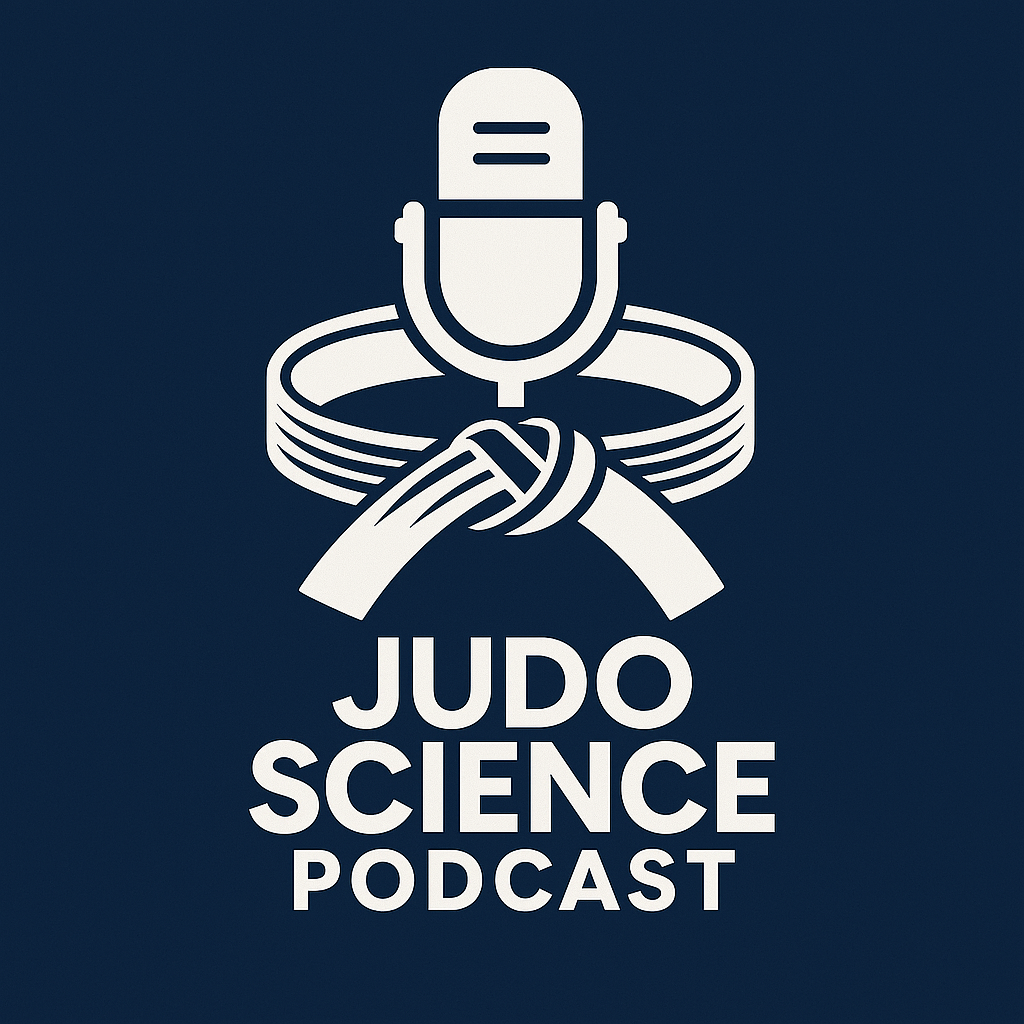What If Judo Isn’t About Strength?
In 2012, at a training camp in Spain, a wiry 58kg judoka named Reina flipped a 92kg heavyweight onto the mat in under three seconds. Was this sorcery? Luck? Or something deeper—an elegant application of physics hiding in plain sight?
What if judo isn’t about being stronger or faster, but about thinking like a physicist?
In this NotebookLM podcast episode, we discuss biomechanics within the context of judo, explaining how understanding concepts like force, momentum, leverage, and center of gravity is crucial to the martial art
⸻
Mika vs. James: A Study in Contrast
Mika, 42, black belt, 60kg.
James, 25, white belt, 90kg.
In randori, James barrels forward. Mika pivots, shifts her weight—James is airborne.
It isn’t strength. It’s strategy. Mika doesn’t resist James; she reads him. She turns his momentum against him, using biomechanics—leverage, timing, and movement literacy—to dismantle his center of balance like a keystone in a cathedral.

⸻
The Hidden Science of the Tatami
Judo’s radical proposition: technique > power. Biomechanics gives that philosophy teeth.
Biomechanics studies how bodies move, borrowing tools from physics and engineering. In judo, it explains why the most devastating throws feel effortless. Efficiency replaces exertion. Technique becomes a force multiplier!
“The main idea of judo is achieving maximum effect with the least amount of effort.”
— Biomechanical Guide to Judo Fundamentals
⸻
The Physics Behind the Perfect Throw
Let’s break down the science happening in a split-second throw:
| Concept | Meaning In Judo |
|---|---|
| Force | The push or pull that initiates a technique. |
| Momentum | Mass × velocity. Redirect, don’t resist. |
| Impulse | Force over time. Well-timed pulls destabilize better. |
| Center of Gravity | Their balance point. Move it off base to win. |
| Levers | Your limbs amplify movement like machines. |
| Planes of Motion | Understanding 3D movement = technical precision. |
For a deeper technical explanation of these mechanics—particularly in the phases of kuzushi and tsukuri—this academic paper on the biomechanics of judo interaction offers excellent insight into how throws are initiated in competition.

⸻
Kuzushi, Reimagined
Kuzushi isn’t mystical. It’s mechanics.
Your opponent is stable only when their center of gravity aligns over their base. Shift it slightly, and the architecture collapses.
That’s what Mika did. She didn’t push James harder—she pulled at just the right moment, off-axis, breaking balance subtly but decisively.
The rest? Physics played out in judogi.
⸻
Why Some Throws Feel Like Magic
If you’ve ever landed a throw that felt like tossing a feather, chances are you nailed biomechanical timing. When force, mass, and momentum align, the throw doesn’t just succeed—it sings.
“It’s all about maximizing efficiency, using your opponent’s momentum and your own body mechanics.”
— Biomechanical Guide to Judo Fundamentals
For a practical explanation of this concept, Neil Adams’ breakdown on YouTube is a fantastic watch. His commentary reveals how elite judoka don't overpower—they outthink, out-time, and out-position.
Takeaways for the Tatami
- Leverage over muscle: Size matters less when your limbs act like precision machines.
- Balance is a weapon: Shift their center of gravity, and you shift control.
- Train smart: Aim for biomechanical fluency, not brute repetition.
- Throw with physics: Understand impulse, momentum, and force—not just form.
Final Thoughts
Next time you train, don’t just drill. Analyze.
- Where is your partner’s center of gravity?
- Are you using your arms and hips as effective levers?
- Is your timing aligned to maximize impulse?
Because judo isn’t just about moving your opponent—it’s about understanding how they move.
Quiz: In the context of judo biomechanics, what is the primary purpose of kuzushi?
A. To apply maximum force during a throw
B. To break the opponent's balance by shifting their center of gravity beyond their base of support
C. To increase the opponent's momentum
D. To strengthen one's grip on the opponent
Answer
Correct Answer: B. To break the opponent's balance by shifting their center of gravity beyond their base of support.
Explanation: Kuzushi involves disrupting the opponent's stability by moving their center of gravity outside their base, making them susceptible to throws.




Member discussion: